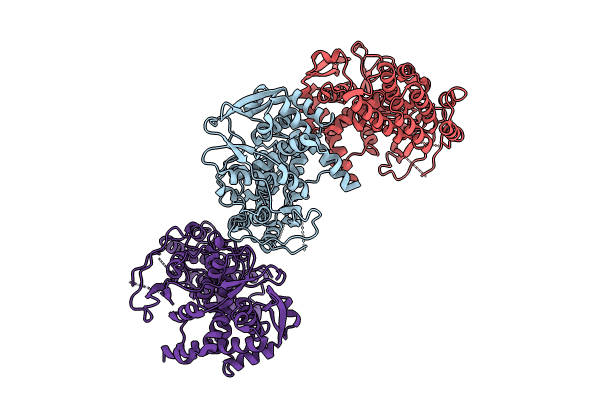
Deposition Date
2023-08-21
Release Date
2024-07-03
Last Version Date
2024-07-10
Entry Detail
PDB ID:
8TWP
Keywords:
Title:
Influenza A virus (A/Aichi/2/1968(H3N2) nucleoprotein mutant - 2-7 deleted, R416A
Biological Source:
Source Organism:
Influenza A virus (A/Aichi/2/1968(H3N2)) (Taxon ID: 387139)
Host Organism:
Method Details:
Experimental Method:
Resolution:
2.90 Å
R-Value Free:
0.24
R-Value Work:
0.21
R-Value Observed:
0.22
Space Group:
C 2 2 21


